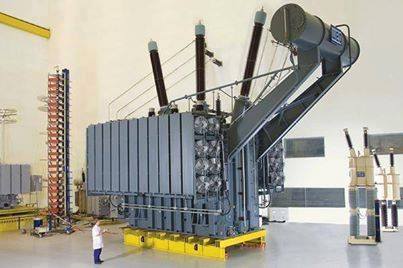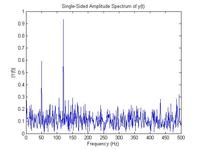Saad Muftah
Junior Member level 1
Hi
i am trying to write code to calculate 2nd harmonic from noisy signal, and i am getting stuck. Can any one help me in that.
Many Thanks,
i am trying to write code to calculate 2nd harmonic from noisy signal, and i am getting stuck. Can any one help me in that.
Many Thanks,

